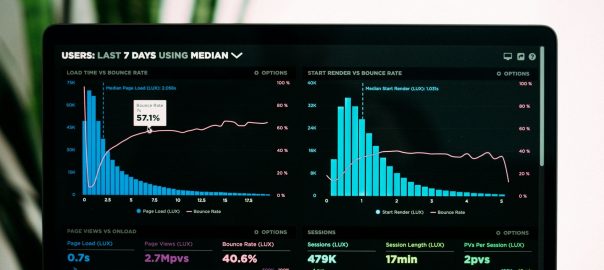I did a presentation at SharkFest’24 EU in Vienna, the “Wireshark Developer and User Conference“, about the topic: “Unveiling Network Errors – A Deep Dive into ICMP ‘Destination Unreachable’ Messages“. It covers the following:
“Effective troubleshooting of network issues is a critical concern for network technicians. While many are familiar with basic ICMP tools like ping and traceroute, the breadth of ICMP capabilities often goes underutilised. This session delves into ICMP messages, specifically the ‘Destination Unreachable’ type, and the insights they provide into network errors.
We will explore methods for capturing and analysing network traffic, highlighting practical tips and tricks for using Wireshark to diagnose and resolve issues efficiently. Attendees will gain a deeper understanding of ICMP message functions and how to leverage them for improved network troubleshooting.”
You can watch the whole session and download the slides. And you can do the six challenges at the end of the session as well. (The answers are not in the PDF, but shown in the video.)
Continue reading ICMP ‘Destination Unreachable’ Messages @ SharkFest’24 EU


 Begriffe wie SASE, ZTA oder OT begegnen uns im Alltag ständig – in Projekten, in Meetings, auf Konferenzen. Doch wie oft bleibt davon wirklich was hängen? Und was davon ist mehr Marketing als Substanz?
Begriffe wie SASE, ZTA oder OT begegnen uns im Alltag ständig – in Projekten, in Meetings, auf Konferenzen. Doch wie oft bleibt davon wirklich was hängen? Und was davon ist mehr Marketing als Substanz?











